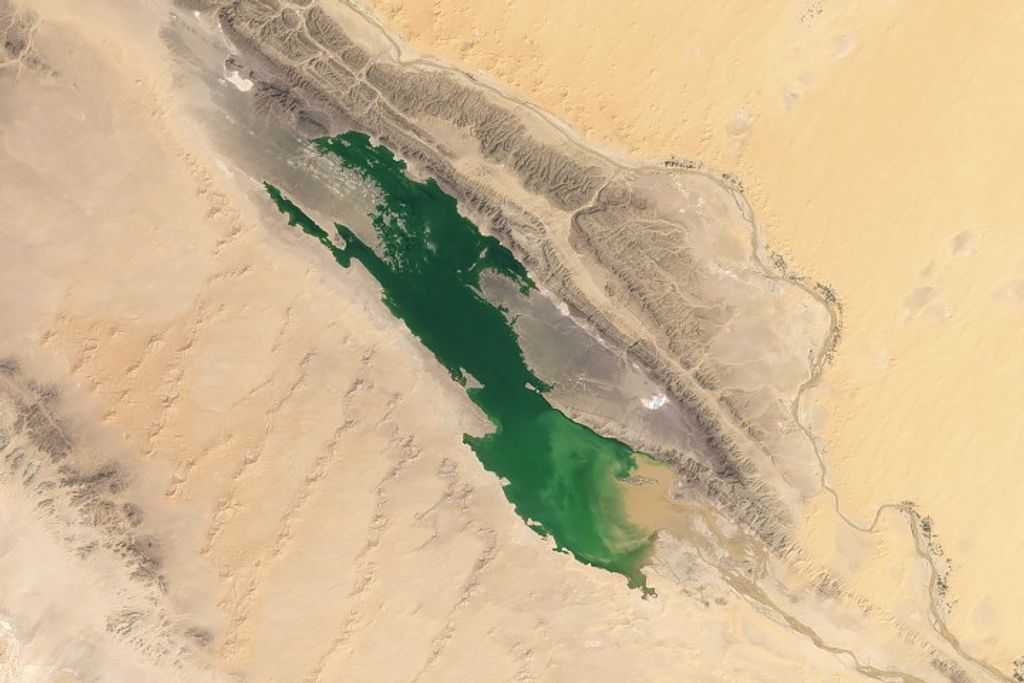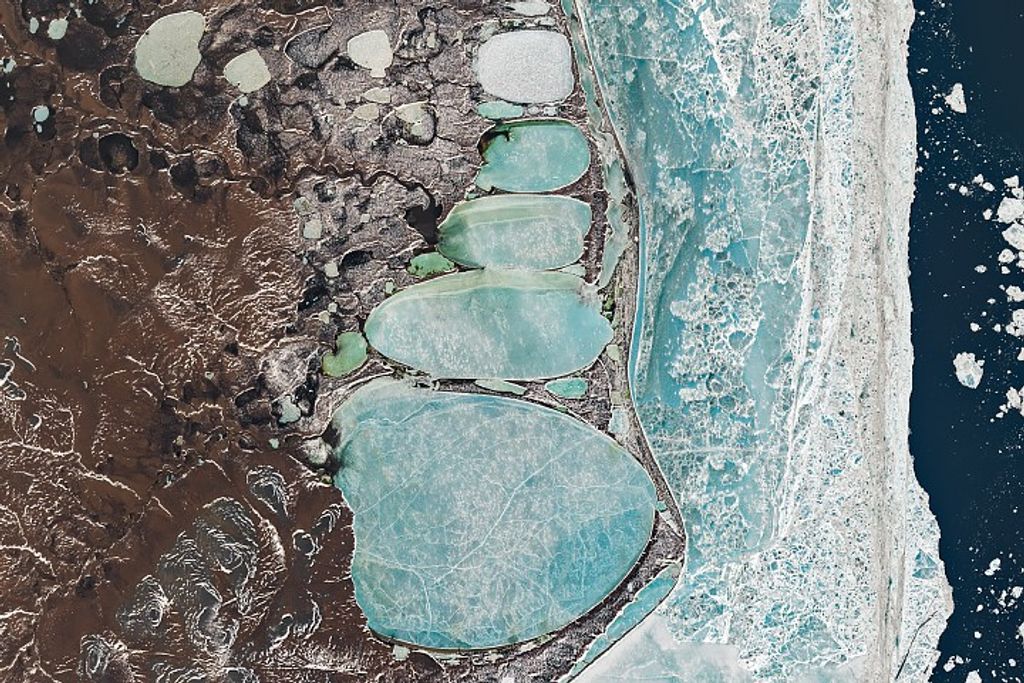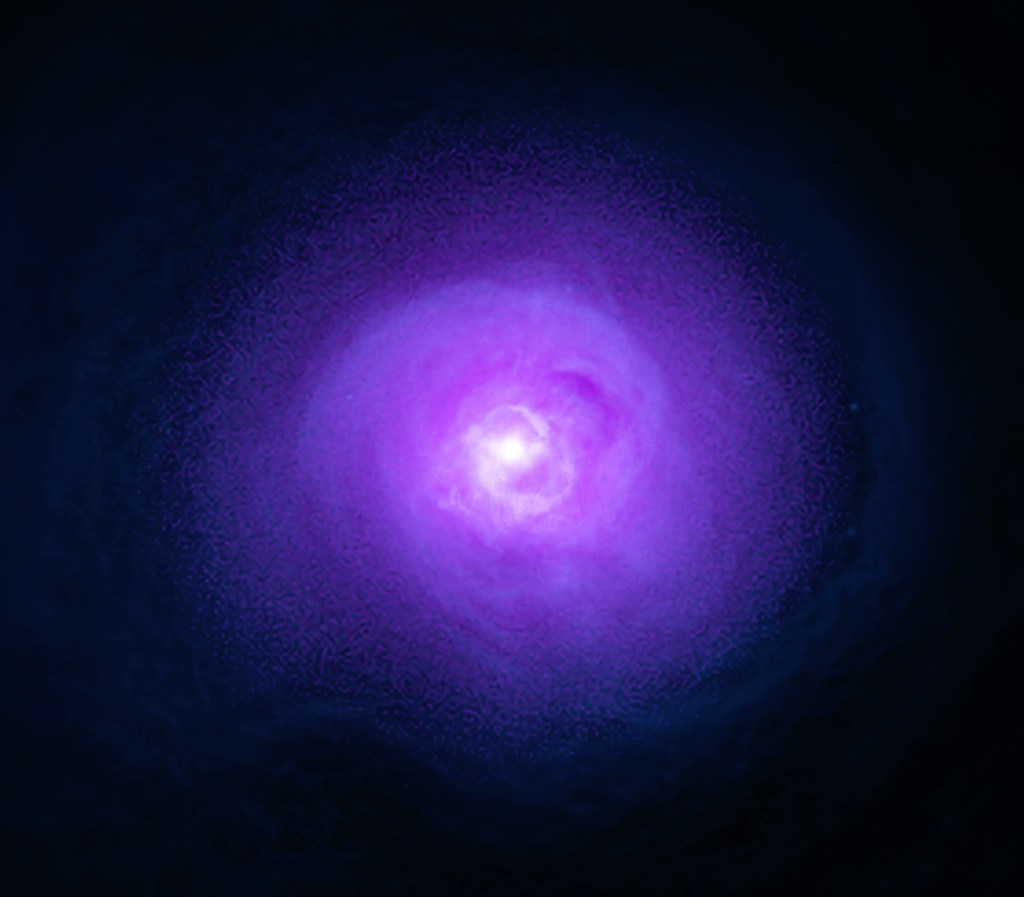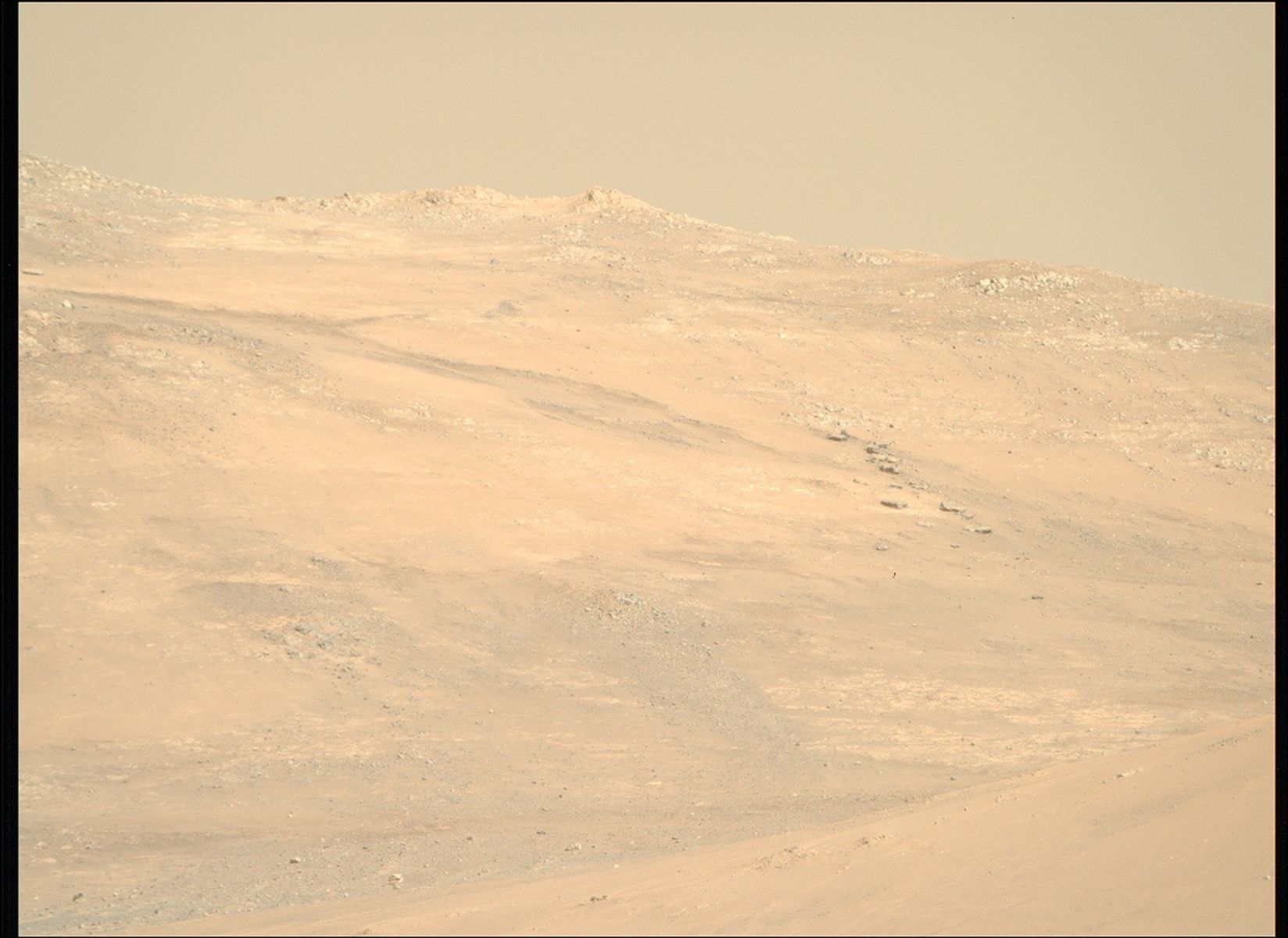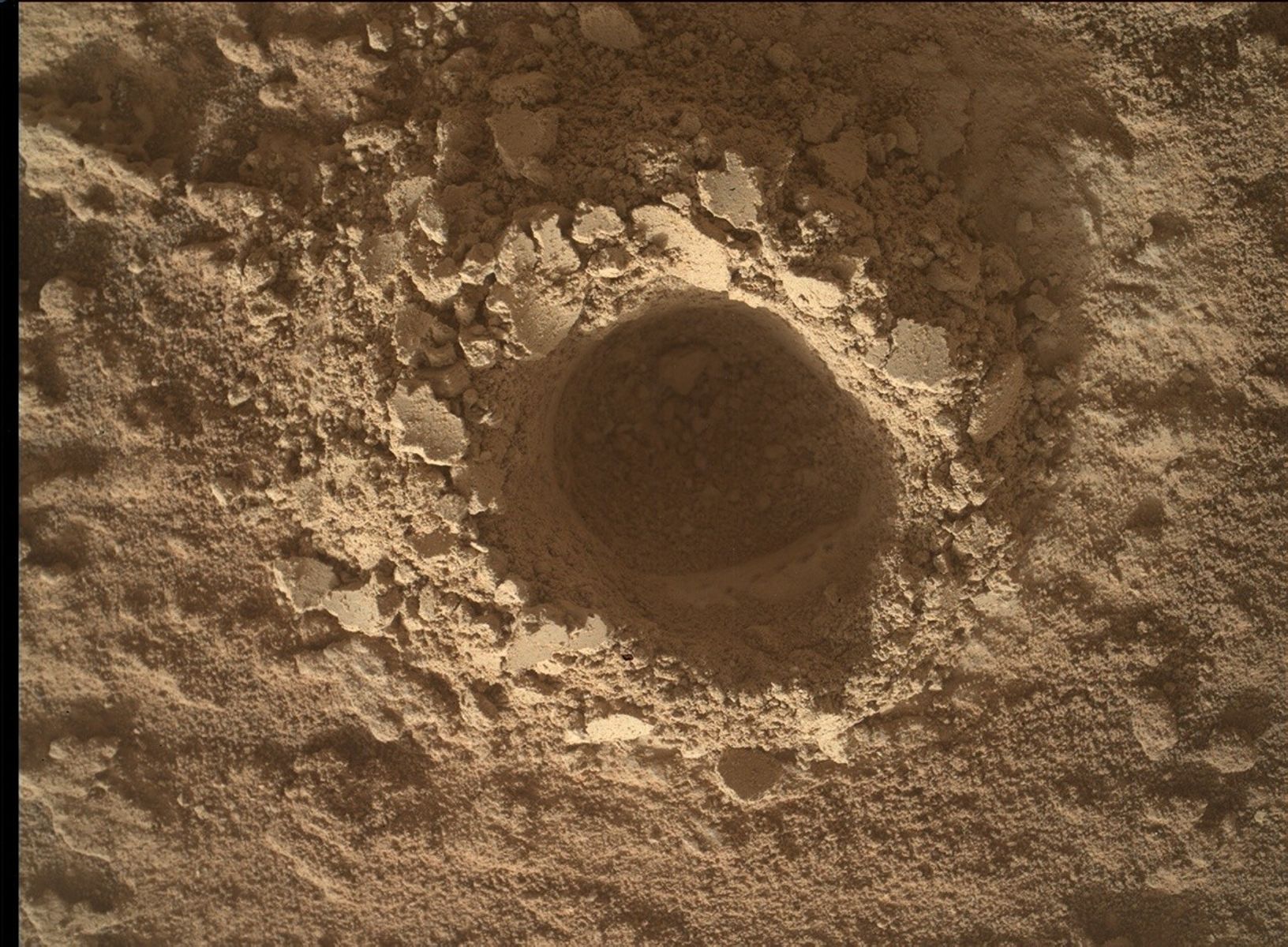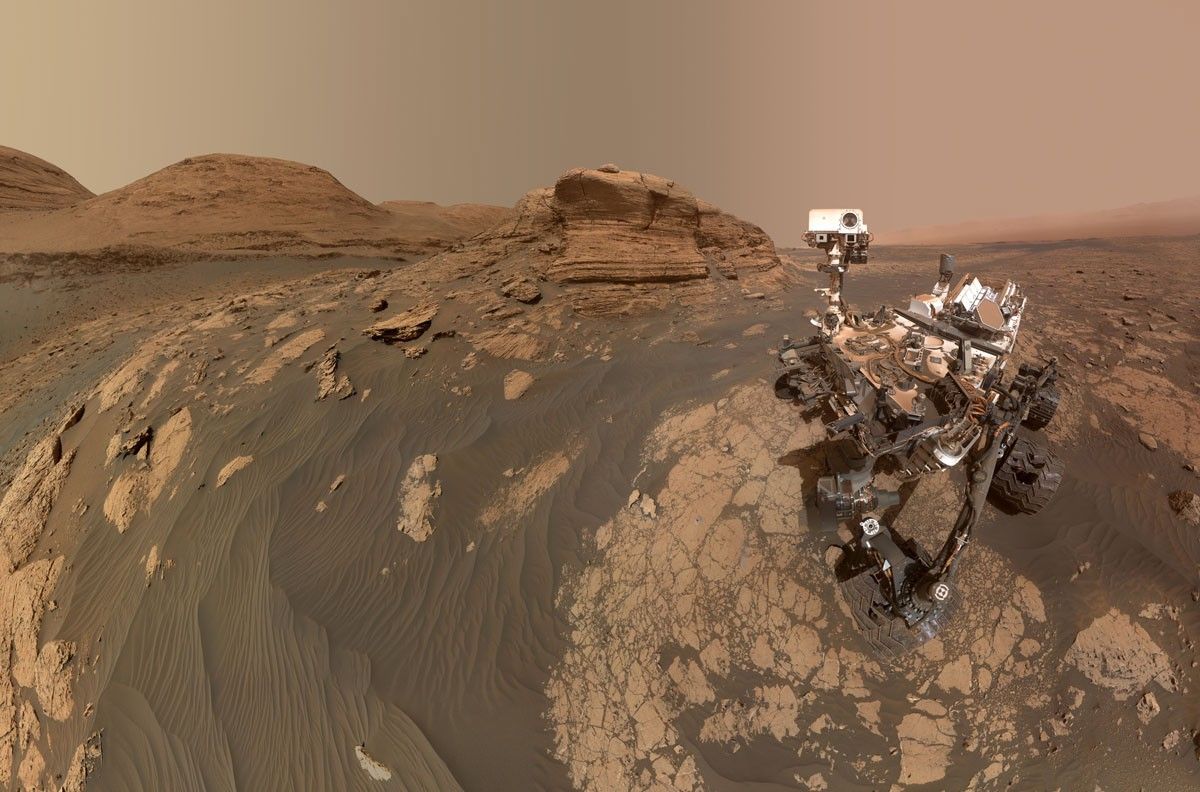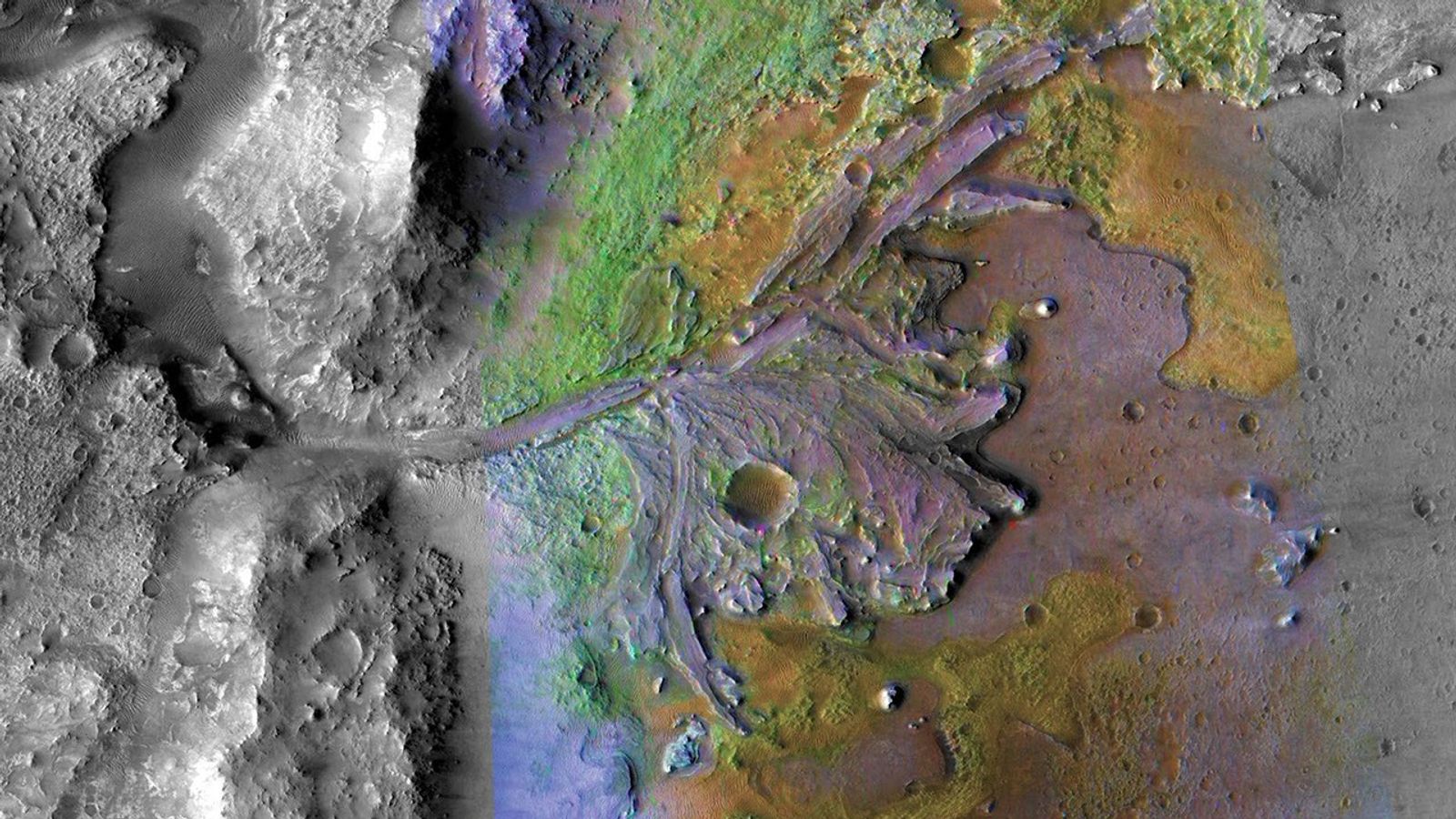Perseverance is officially headed into a new phase of scientific investigation on the Jezero Crater rim!
For the last 2 months, the Perseverance rover has been exploring the Neretva Vallis region of Jezero Crater, where rocks with interesting popcorn-like textures and “leopard spot” patterns have fascinated us all. Now, the rover has begun its long ascent up the crater rim, and is officially kicking off a new phase of exploration for the mission.
Strategic (longer-term) planning is particularly important for the Mars 2020 mission given the crucial role Perseverance plays in collecting samples for Mars Sample Return, and the Mars 2020 team undertakes this planning in the form of campaigns. Perseverance has now completed four such campaigns— the Crater Floor, Delta Front, Upper Fan and Margin Unit campaigns respectively— making the Crater Rim Campaign next in line. Given its broad scope and the wide diversity of rocks we expect to encounter and sample along the way, it may be the most ambitious campaign the team has attempted so far.
The team also has less information from orbiter data to go on compared to previous campaigns, because this area of the crater rim does not have the high-resolution, hyperspectral imaging of CRISM that helped inform much of our geological unit distinctions inside the crater. This means that Mastcam-Z multispectral and SuperCam long-distance imaging will be particularly useful for understanding broadscale mineralogical distinctions between rocks as we traverse the crater rim. Such imaging has already proved extremely useful in the Neretva Vallis area, where at Alsap Butte we observed rocks that appeared similar to each other in initial imaging, but actually display an Andy-Warhol-esque array of color in multispectral products, indicative of varied mineral signatures.
Our next stop is Dox Castle where Perseverance will investigate the contact between the Margin Unit and the Crater rim, as well as rubbly material that may be our first encounter with deposits generated during the impact that created Jezero crater itself. Later in the campaign, we will investigate other light-toned outcrops that may or may not be similar to those encountered at Bright Angel, as well as rocks thought to be part of the regionally extensive olivine-carbonate-bearing unit, and whose relationship to both Séítah and the Margin Unit remains an interesting story to unravel. Throughout this next phase of exploration, comparing and contrasting the rocks we see on the rim to both each other and those previously explored in the mission will be an important part of our scientific investigations.
The whole Mars 2020 science team is incredibly excited to be embarking on the next phase of Perseverance’s adventure, and we expect these results, and the samples we collect along the way, to inform our understanding of not just Jezero itself, but the planet Mars as a whole. We can’t wait to share what we find!
Written by Eleni Ravanis, PhD Candidate and Graduate Research Assistant at University of Hawaiʻi at Mānoa









